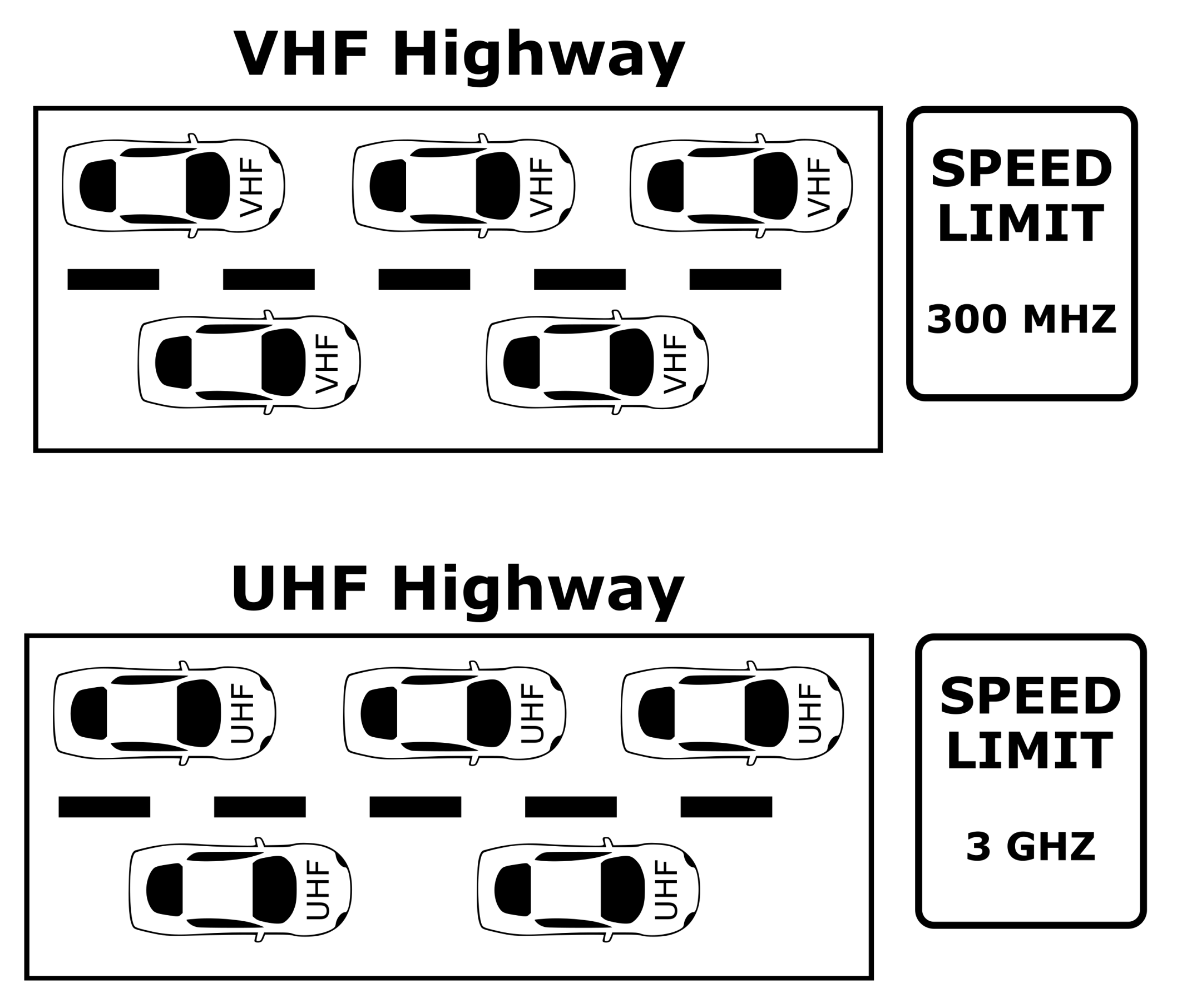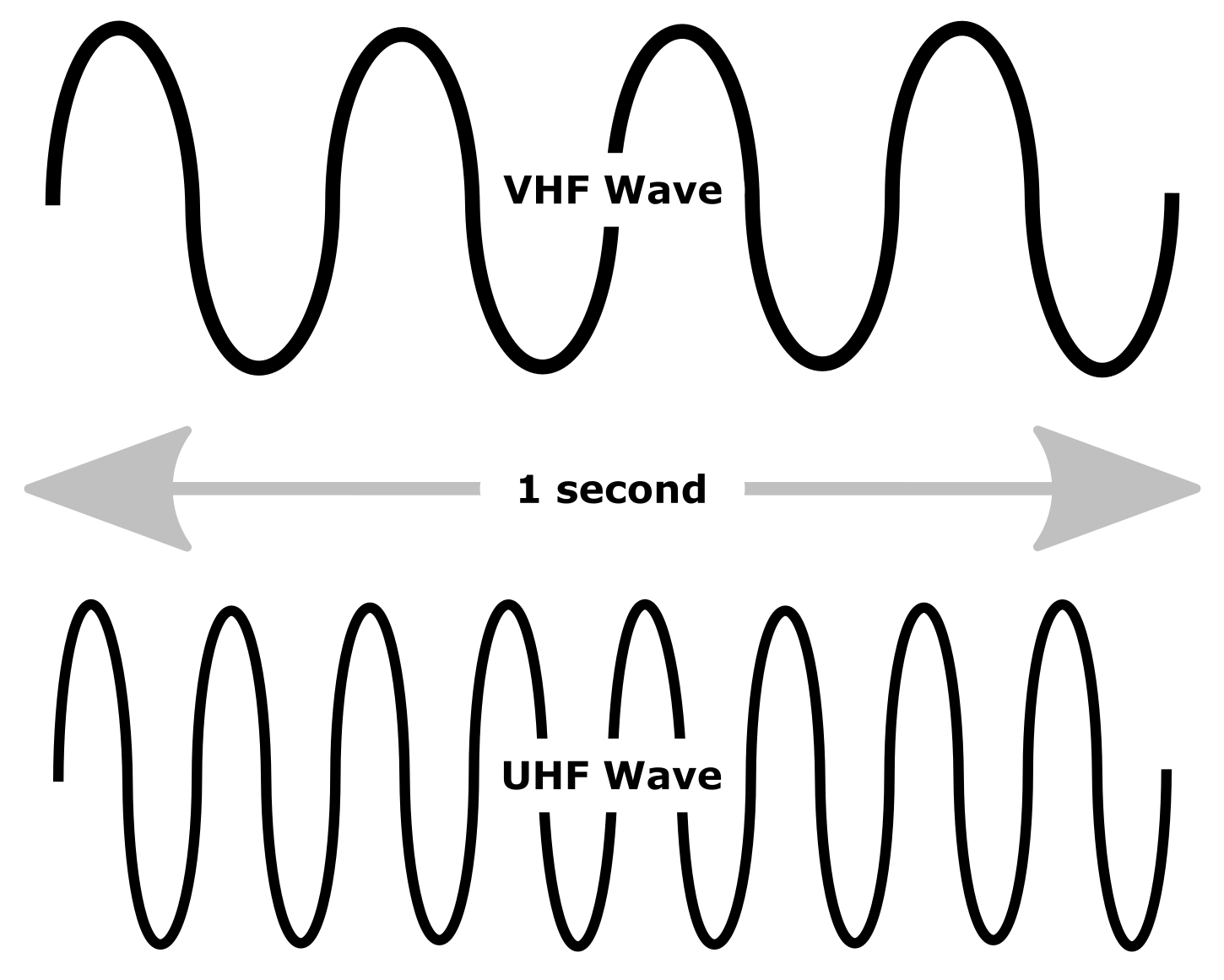When researching communications technologies for your edge analytics applications, the term bandwidth is mentioned quite a bit. So what exactly is bandwidth?
There are actually two different meanings of bandwidth when it comes to communications technology—an analog version and a digital version. For the analog world, bandwidth is simply a range of frequencies within a band. For example, CB radio has a bandwidth of 26.9650 MHz to 27.4050 MHz divided into 40 channels in the HF frequency band. CB channel 19 in both Canada and the United States uses the frequency 27.185 MHz.
On the digital side, bandwidth refers to the amount of data that a device can transmit in a certain amount of time measured in bits per second, or bps. We can think of it like cars traveling on a highway with the cars representing the data. If we were to increase the number of lanes on the highway, we would increase the number of cars that can travel on it or our bandwidth. As well, we may also increase our bandwidth when we increase the speed of our highway. Consider the following diagram:

Please note that all radio waves move at the speed of light. A VHF signal will travel at the same speed as a UHF signal. The speed we are referring to in the preceding diagram is the time taken for the radio wave to complete one cycle. As the wavelength decreases when frequency increases, shorter waves will cycle more quickly than longer waves.
In the following diagram, we can see that the wavelength of a UHF wave is shorter than the wavelength of a VHF wave. The result is more cycles in a fixed amount of time (1 second) for the UHF waves as compared to the VHF waves:

As we asked the question why would we want to use 5 GHz Wi-Fi router over a 2.4 GHz one, we can see in the preceding diagrams, the higher the frequency, the higher the speed at which data may be transmitted.